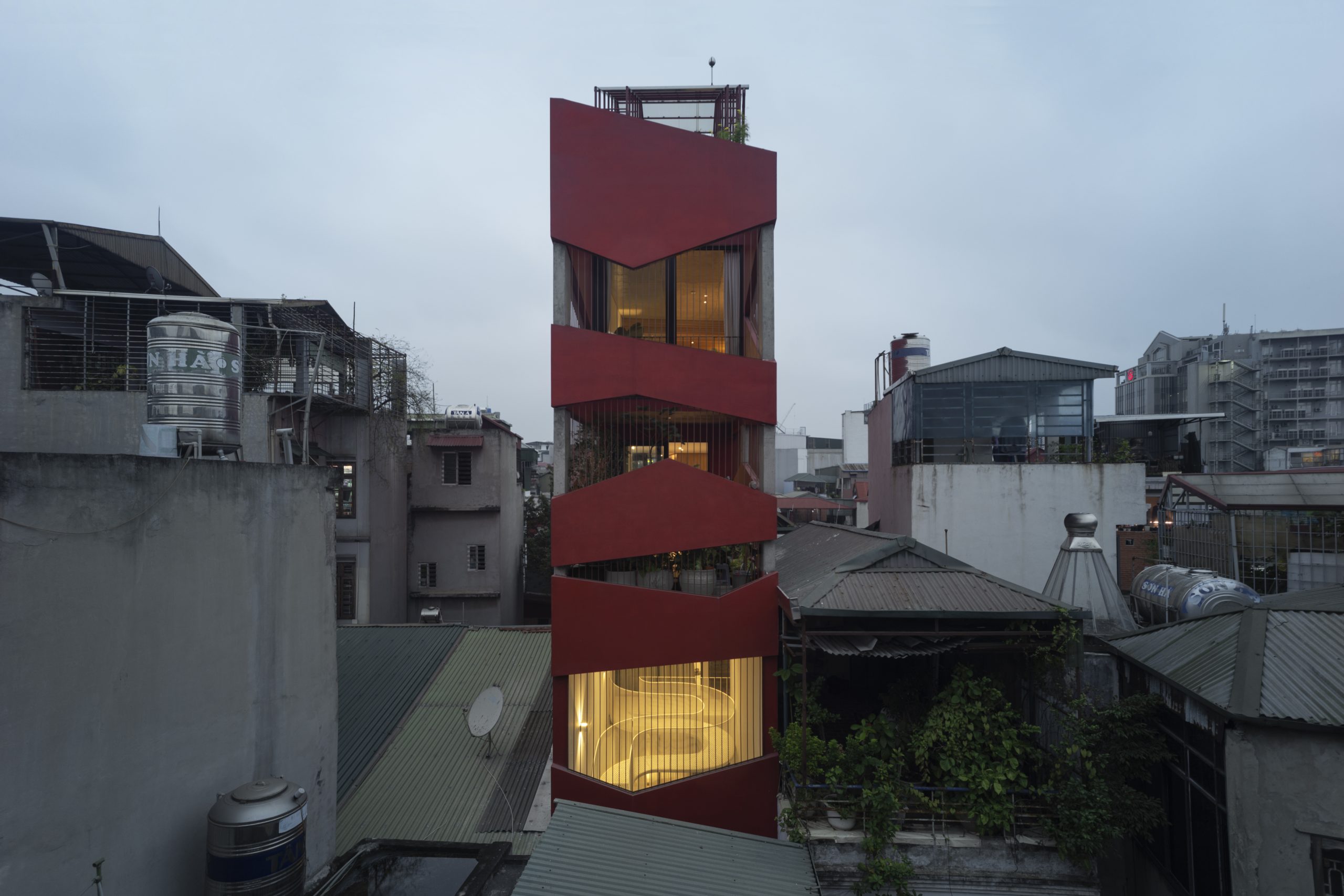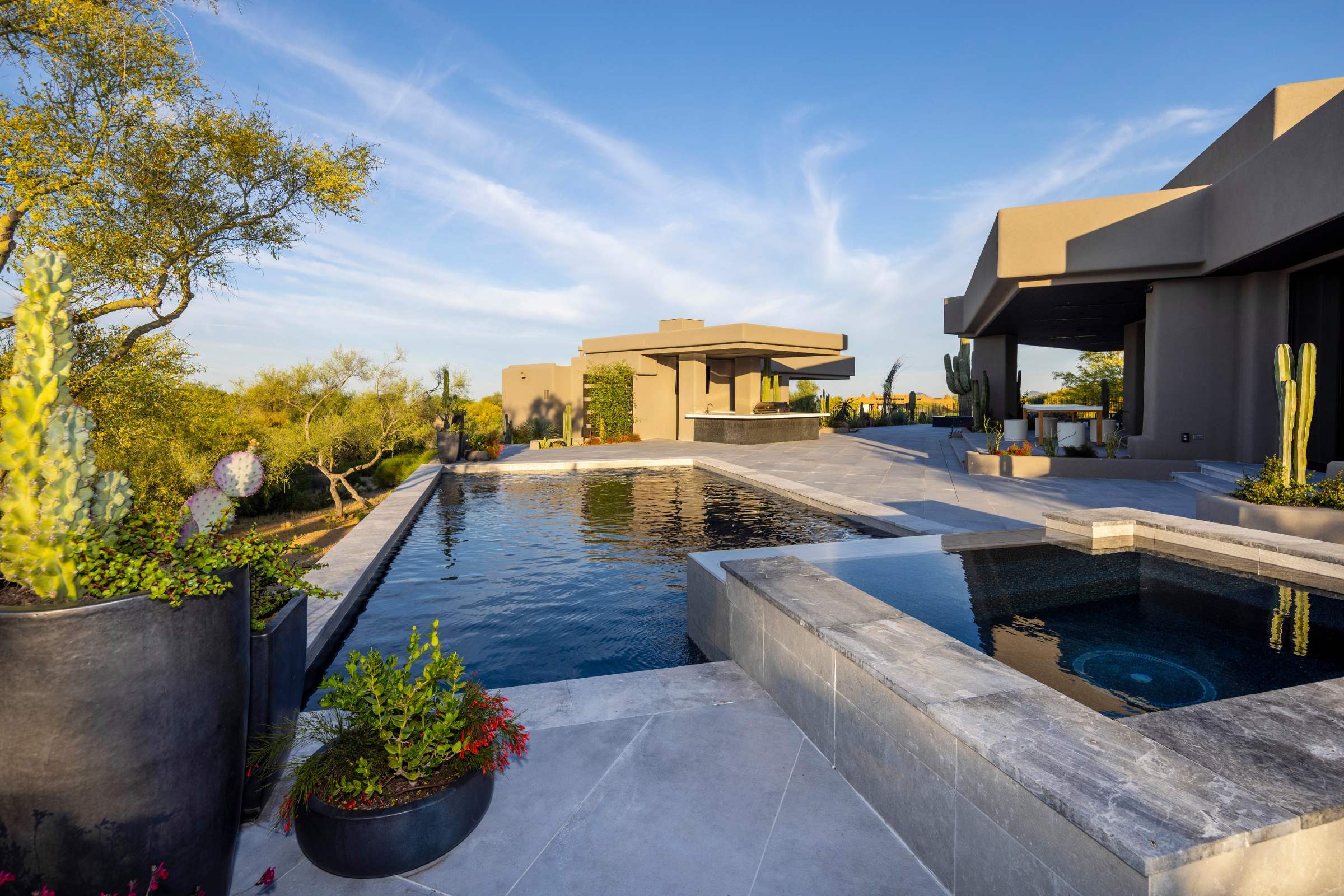Smart Designs for Residential Panoramas
The art of residential panoramas lies in the perfect dialogue between architecture and environment. Homes that embrace their surroundings do more than frame a view; they create immersive experiences where beauty and practicality coexist. With thoughtful design strategies, dwellings can embody both elegance and efficiency, offering spaces that captivate the eye and enrich daily living. At the heart of these achievements are smart residential layout ideas that elevate scenic living into a refined lifestyle.

The Essence of Smart Panoramic Design
Designing for panoramas requires more than large windows or elevated plots. It demands intention. Panoramas with clever flow focus on guiding residents naturally through spaces while maintaining constant visual access to their surroundings. Open floor plans, staggered ceiling heights, and interconnected indoor-outdoor zones ensure every step feels intuitive and inspiring.
Smart design does not compete with the view—it amplifies it. Walls are softened with transparency, corridors are aligned with horizon lines, and focal points are deliberately oriented to highlight landscapes. This architectural choreography ensures that residents always feel connected to their environment.
Intelligent Home Orientations
The placement of a home in relation to light, wind, and terrain is crucial. Architects who master intelligent home orientations know how to harness natural forces to optimize comfort and aesthetics. A sunrise-facing bedroom captures the freshness of morning light. A westward dining area allows evening gatherings bathed in warm sunsets.
Beyond sunlight, orientation considers ventilation. Breezeways aligned with prevailing winds create natural cooling systems, reducing the need for mechanical intervention. Thoughtful positioning balances function and poetry, ensuring homes are both sustainable and deeply attuned to their surroundings.
Maximizing Scenic Placement
Panoramas only succeed when the best views are celebrated. To maximize scenic placement, architects identify vantage points early in the design process. Hillside homes may incorporate stepped levels to capture multiple perspectives, while urban residences employ rooftop terraces for elevated vistas.
Interior design also contributes. Strategic furniture placement avoids blocking sightlines, while reflective surfaces and open shelving allow light to travel freely. Even transitional spaces—like hallways or staircases—become opportunities for dramatic visual reveals. Scenic placement is not confined to grand rooms; it permeates the entire residence.
Seamless Flow Between Spaces
Fluidity is essential in panoramic homes. Panoramas with clever flow achieve seamless transitions between private and social spaces without disrupting the connection to the exterior. A living room spilling into a terrace, a kitchen overlooking a garden, or a study with views stretching into a forest—all speak to a rhythm that feels organic rather than forced.
This flow is often supported by materials that echo nature. Stone floors that extend outdoors, wood beams that align with exterior treetops, and glass walls that vanish into sliding tracks erase distinctions between inside and outside. The result is harmony—a home breathing with its environment.
Smart Residential Layout Ideas
Modern lifestyles demand flexibility. Smart residential layout ideas accommodate shifting needs while preserving access to panoramas. Multi-functional rooms can transform from offices to guest quarters without losing their scenic charm. Movable partitions allow residents to expand or contract spaces depending on the occasion, always keeping the view in play.
Design also extends vertically. Split-level configurations offer layered perspectives, while mezzanines create intimate yet elevated outlooks. The layout itself becomes a dynamic stage for the ever-changing panorama beyond.
Technology Meets Scenic Living
Innovation enhances the panoramic experience. Automated shading systems respond to sunlight, while smart glass transitions from transparent to opaque, offering privacy without sacrificing outlooks. Climate controls synchronize with natural ventilation, allowing residents to enjoy intelligent home orientations without compromise.
These integrations elevate convenience while respecting the essence of panoramic living. Technology becomes invisible yet indispensable, ensuring homes remain comfortable and future-ready.
Emotional Impact of Scenic Design
Practicality aside, panoramas stir the heart. To dine overlooking a vineyard, to wake with mountains etched against the sky, to unwind beneath a city skyline—these experiences are heightened by thoughtful design. Homes that maximize scenic placement enrich emotional wellbeing, offering a daily dose of inspiration.
Spaces crafted with panoramas with clever flow and warm details invite people not only to live in them but to cherish them. Charm is found in balance—between openness and intimacy, spectacle and simplicity.
Residential panoramas succeed when architecture, orientation, and layout harmonize with the landscape. With smart residential layout ideas, homes become fluid and adaptable. Through panoramas with clever flow, they achieve seamless integration of space and scenery. By employing intelligent home orientations, they honor nature’s rhythms while ensuring comfort. And by striving to maximize scenic placement, they transform views into daily treasures.
In the end, smart panoramic design is not just about buildings with vistas. It is about creating sanctuaries where every glance outward becomes a reminder of beauty, balance, and the brilliance of thoughtful living.






